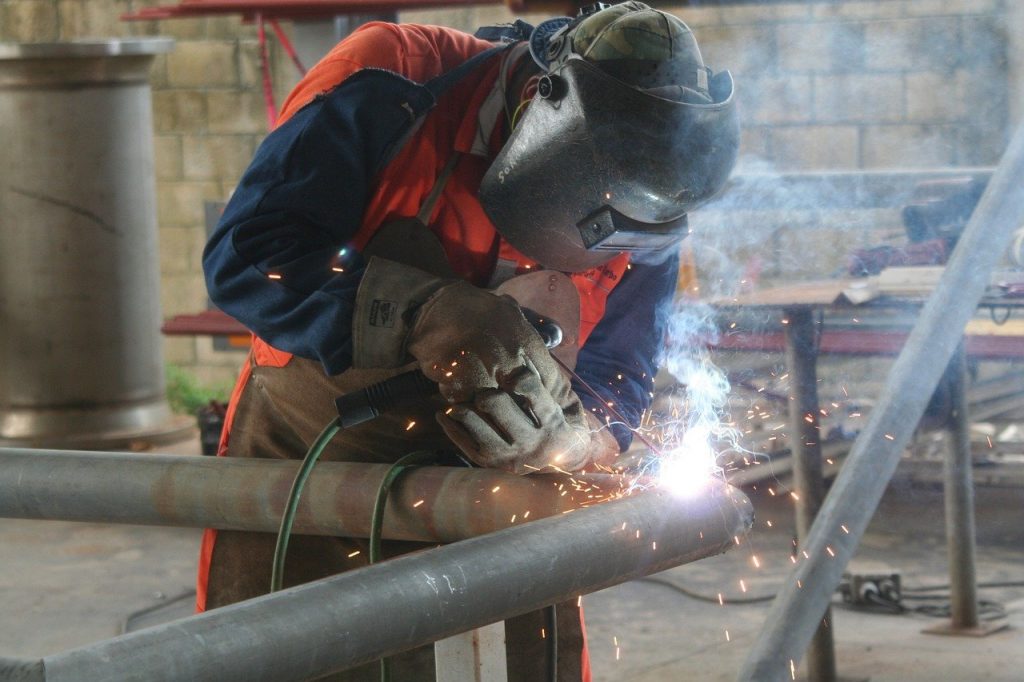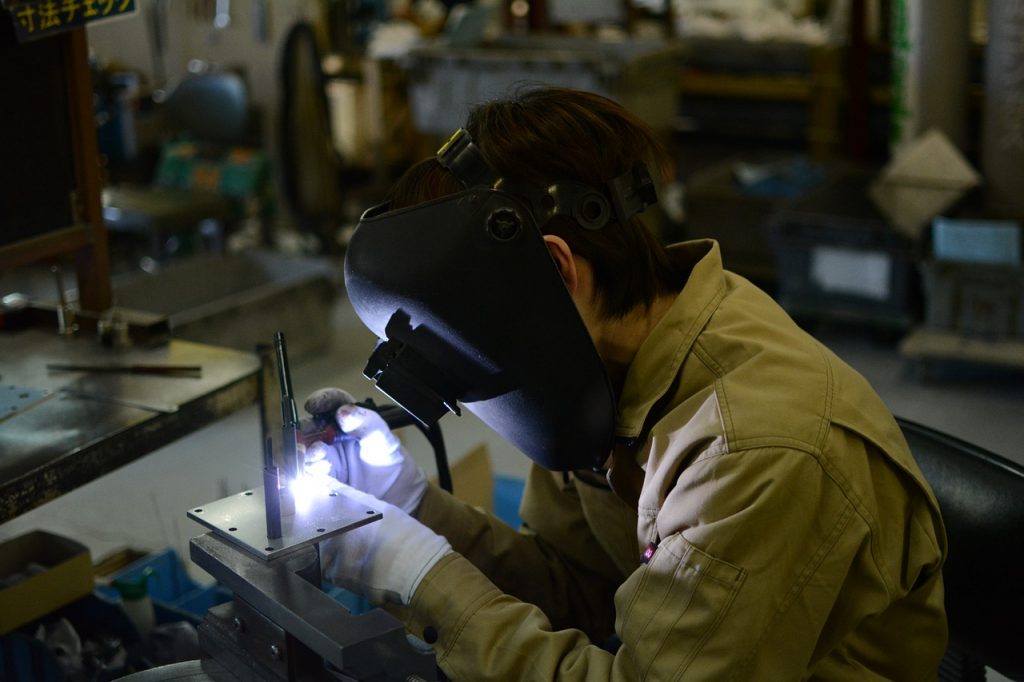Sponsored article
TIG welding is a technology that offers many possibilities for joining a wide variety of metals while providing a high aesthetic finish. It is also one of the most popular welding methods, especially among beginners because, to get a good quality weld, you only need a little skill and practice. In this article we tell you how to TIG weld step by step to get the best results. With the right equipment it is easier than it seems.
At the beginning a little theory. Tig welding, simply put, is a method of welding with a non-fusible tungsten electrode in a shield of inert gases such as argon, helium or mixtures of these. It is a very versatile method, as it allows the joining of almost all metals in the widest variety of positions. In addition, this option allows welding of thin sheets, even from 0.5 mm. It is characterized by high quality and cleanliness of the weld and also allows the welder to easily control the so-called weld pool, heat quantity and additional material. This welding method is quite easy to learn even for beginners
Although it is difficult to talk about any significant disadvantages, it is worth mentioning that the tig welding method is mainly used for welding thin parts. It is characterized by low speed and low productivity, and the quality of the welds depends on the skill of the welder. With time and the right equipment, it is certainly possible to achieve perfection.
Tig welding has many uses. With this method we can obtain a clean and high quality weld, because during the welding process no slag is precipitated, which causes contamination of the weld. This type of welding is most often used to join stainless steel and other high-alloy steels and materials such as copper, titanium, aluminium and nickel. Tig welding is most commonly used in the food, chemical, automotive and aviation industries for welding tubes and thin sheets.

Whether welding professionally or for personal use, good equipment is a must. The choices are vast, depending on what field the particular welder will be working in. A welding machine used in large-scale industry will have different criteria than one used in a domestic environment. The welder that you want to operate yourself should be primarily dedicated to welding steel or aluminum. TIG welders are most often chosen because of their ease of use. When choosing the right equipment, pay attention to the value of the current that will be needed for welding and the parameters of the material. Almost every material has an estimated value, which allows you to predetermine your needs when choosing the right model of welder. It is also advisable to seek advice from professionals and find a store where you can get the necessary information and advice before buying

With the right equipment and for TIG welding and a minimum of skills, you can, in an unlimited way, join different groups of materials such as alloyed and unalloyed steels, aluminum including its alloys, magnesium alloys, nickel alloys and titanium alloys.